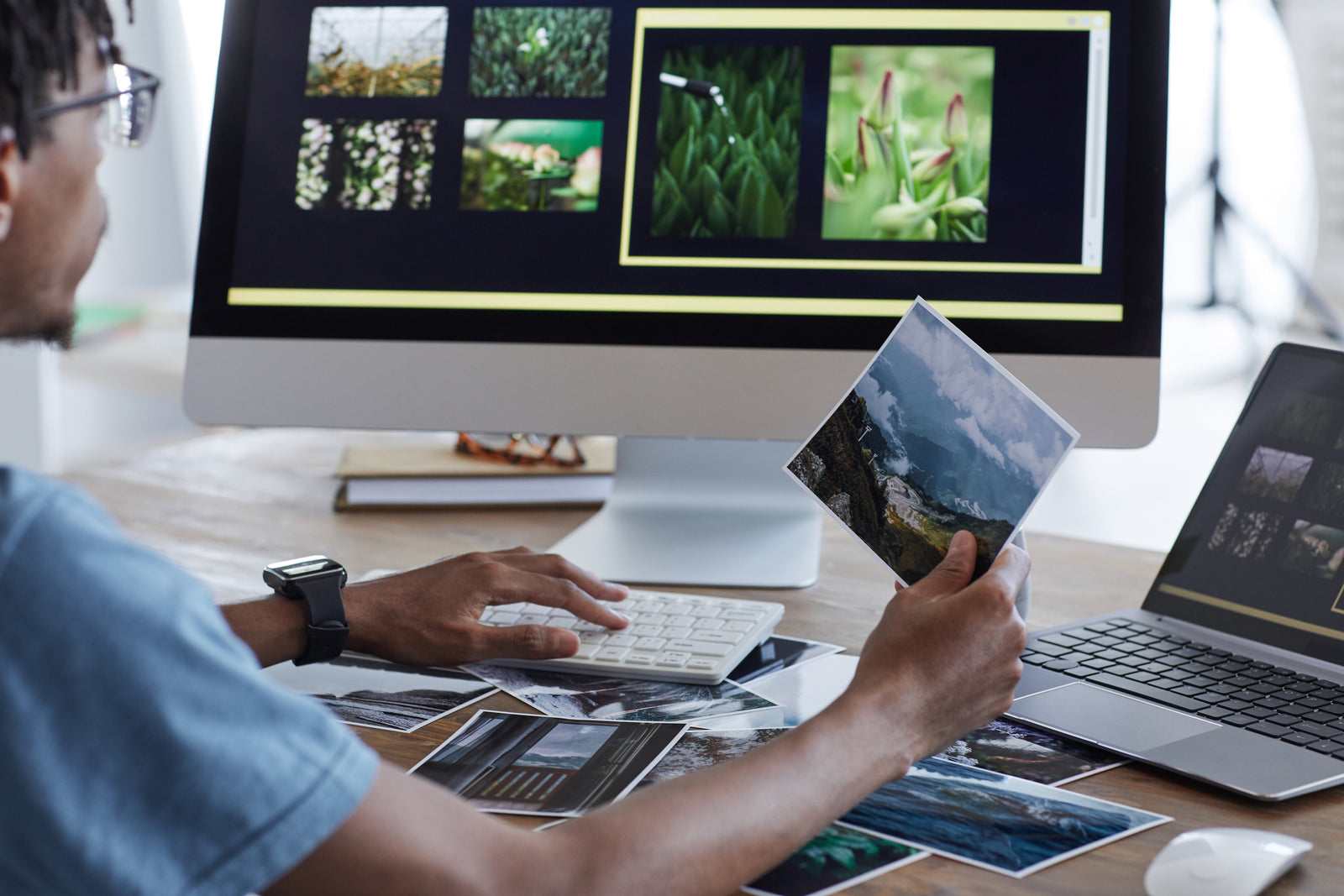What is the Rule of Thirds?
May 19, 2021

Fine artists are taught early on that shape, line, color, tone, and space are the basic elements that comprise a composition. Teachers may even say that learning how to master them is more important than creativity. The same theory applies to photography, but the medium is a camera instead of pencils, paint, clay, etc.
Learning the rule of thirds photography is akin to taking basic drawing and painting classes. Rules help you develop excellent techniques so you can break them later on to create truly extraordinary compositions! For example, early in his career, Picasso mastered realistic painting and drawing before he broke all the rules and pioneered the groundbreaking art movement Cubism.
What is the Rule of Thirds and Who Invented It?
The rule of thirds dates back to a time long before the advent of photography, proof in point that all 2-D media share the same principles for creating engaging images. Painter, engraver, and writer John Thomas Smith published a short book in 1797 that coined the term “Rule of Thirds” in context with works by the famous Dutch painter Rembrandt and revered English portrait painter Joshua Reynolds. When discussing Rembrandt, a superb master of light and shadows (a technique called chiaroscuro), Smith wrote, “Two distinct, equal lights should never appear in the same picture: One should be principal and the rest subordinate, both in dimension and degree.” He added that the ratio of about two thirds to one third in a composition provides a better way to harmonize light, shade, form, and color proportions.
The Rule of Thirds in Photography
If you have ever taken a basic photography class or watched an online tutorial, you may have been introduced to the rule of thirds. Like techniques taught in drawing and painting, the rule of thirds is a tool to help create balanced and interesting compositions. The basic principle is to compose your image with a grid overlay of two horizontal and two vertical lines that divide the frame into nine equal segments. Since you aren’t drawing this on a piece of paper with a ruler, you need to imagine it in the camera viewfinder when you frame the shot.
Using the Grid to Create Compositions
Studies have shown that people’s eyes typically go to an intersection point of an image rather than the exact center of the shot. Leveraging the rule of thirds takes advantage of the natural manner people view images rather than working against it. The idea is to place points of interest in the intersections or along the lines rather than smack dab in the center. Although some people may consider this a constraint on creative picture taking, using the grid theory makes it easier to frame interesting shots, especially if you’re a novice photographer.
Composition Framing Rules
Imagining your viewfinder as a blank slate of grids is like a painter deciding how to lay out an idea on a blank canvas. In order to create an interesting composition, you must consider all the picture elements – the horizon line, anchor points, directional cues, dominant shapes, graphic textures, and color relationships. Then you need to learn how to frame all the elements in a way that attracts and captures the gaze of the viewer.
Master Rules, Then Break Them
Balancing picture elements against the lines and points of the rule of thirds framework may seem counterintuitive at first. Once you have done this several times, it will get easier and become second nature. After you feel like you have mastered the rule of thirds, feel free to experiment. The ultimate goal is to try out different things so your images remain fresh. Even if you’re not trying to pioneer an entirely new art movement like Picasso, thinking inside the grid can help you think outside the box and create pictures worthy of sharing.
Leave a comment
Comments will be approved before showing up.
Also in Blog

How to Enlarge a Picture for Printing
July 20, 2021

How to Make a Digital Photo Album
July 20, 2021

How to Share Digital Media
July 20, 2021
Purchase
CONNECT
We're here to help!
For All General Inquiries:
Phone: 888.333.2808
Email: info@scandigital.com
Business Hours (EST):
Monday - Friday: 9:30am - 5:30pm
ScanDigital Chicago
(Drop-Off & Pick-Up Only):
Phone: 888.324.6436
Business Hours (CST):
Monday - Friday: 10:00am - 4:00pm
News & Updates
Sign up to get the latest on sales, new releases and more…
© 2025 ScanDigital, Inc..
